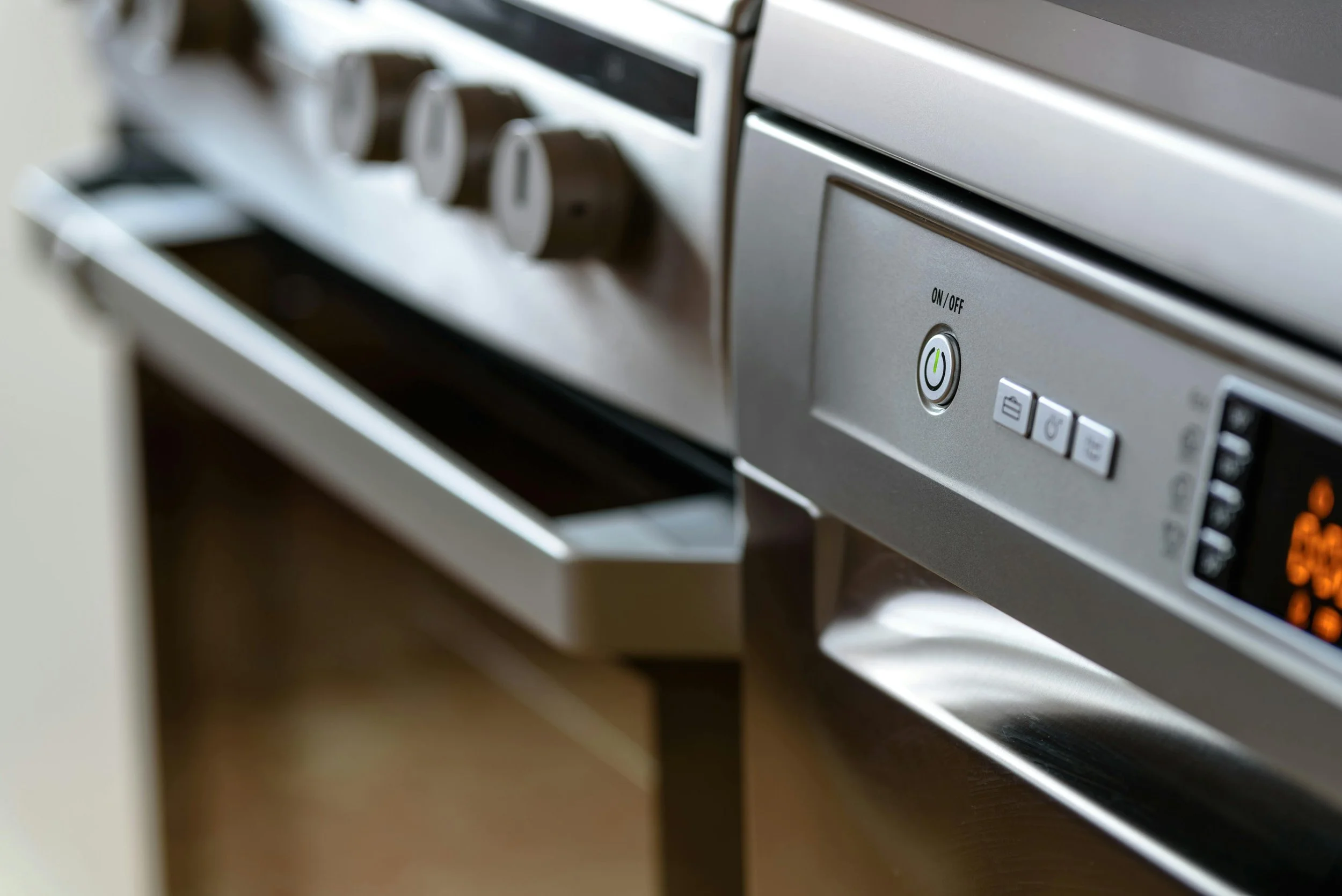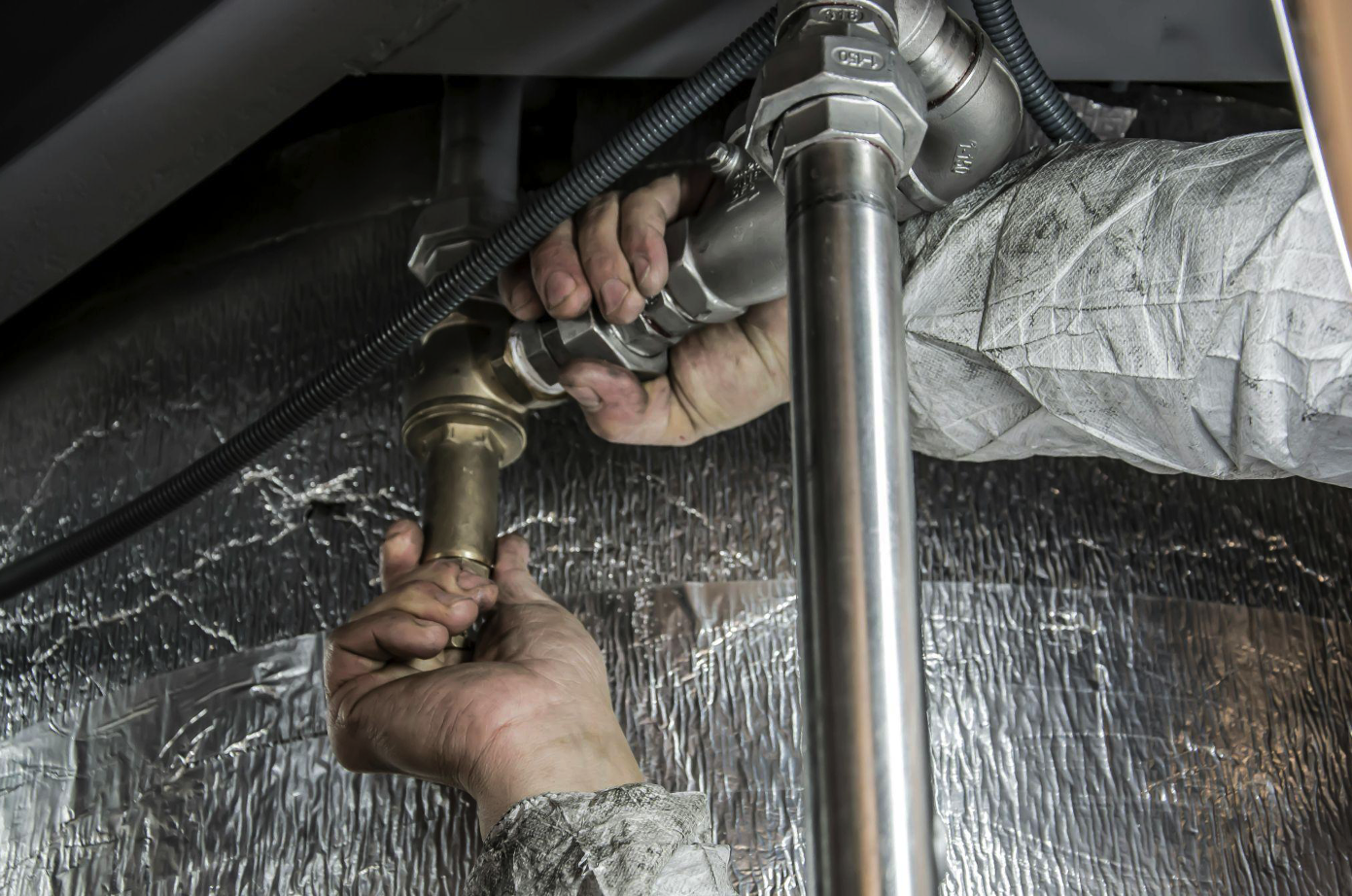10 Steps to Becoming a Handyman
RH Business Marketing Solutions
Becoming a handyman is a rewarding career choice for those who enjoy working with their hands and solving problems around the home. Handymen play a crucial role in maintaining and improving residential and commercial properties, tackling a wide range of repair and maintenance tasks.
If you have a knack for fixing things and want to turn your skills into a profitable business, this guide will provide you with ten essential steps to becoming a successful handyman. From acquiring the necessary skills to marketing your services, these steps will help you establish a thriving handyman business.
1. Acquire Basic Skills and Knowledge
The first step to becoming a handyman is acquiring a broad range of basic skills. Handymen typically handle various tasks, including plumbing, electrical work, carpentry, painting, and general maintenance. Take the time to learn and practice these skills through hands-on experience, online tutorials, and vocational courses. Building a solid foundation of knowledge will prepare you to tackle a variety of repair and maintenance jobs confidently.
2. Get Certified or Licensed
Depending on your location, you may need to obtain certain certifications or licenses to operate legally as a handyman. Research the specific requirements in your area and ensure you comply with all local regulations. Obtaining certifications or licenses can enhance your credibility and make potential clients more comfortable hiring you for their projects.
3. Invest in Quality Tools
Having the right tools is essential for any handyman. Invest in a comprehensive set of high-quality tools that will allow you to complete a wide range of tasks efficiently. Basic tools should include a hammer, screwdrivers, pliers, a tape measure, a level, and a power drill. As you gain experience and take on more complex jobs, you can expand your tool collection to include specialized equipment.
For those looking for expert handyman services in Melbourne, All Melbourne Handyman offers professional and reliable solutions for all your repair and maintenance needs. All Melbourne Handyman provides comprehensive handyman services tailored to meet your specific requirements.
4. Gain Hands-On Experience
Experience is invaluable in the handyman business. Start by working on small projects for family, friends, and neighbors to build your skills and confidence. Volunteering for community projects or working as an apprentice under an experienced handyman can also provide valuable hands-on experience. The more projects you complete, the more proficient you will become at diagnosing and fixing various issues.
5. Develop a Niche
While it's beneficial to have a broad skill set, developing a niche can help you stand out in the competitive handyman market. Identify the tasks you enjoy the most and excel at, such as electrical repairs, carpentry, or home renovations. Focusing on a specific area allows you to become an expert in that field, attracting clients who need specialized services.
6. Build a Professional Network
Networking is crucial for growing your handyman business. Connect with other professionals in the industry, such as contractors, electricians, and plumbers, who can refer clients to you and vice versa. Join local business associations, attend industry events, and participate in online forums to expand your network. Building strong relationships with other professionals can lead to valuable referrals and collaborative opportunities.
7. Create a Business Plan
A well-thought-out business plan is essential for any successful business. Outline your goals, target market, pricing strategy, and marketing plan. Consider the services you will offer, your competitive advantage, and how you will manage your finances. A clear business plan will guide your decisions and help you stay focused on your objectives.
8. Market Your Services
Effective marketing is key to attracting clients and growing your handyman business. Create a professional website that showcases your services, qualifications, and portfolio of completed projects. Utilize social media platforms to reach a wider audience and engage with potential clients.
Consider investing in online advertising, such as Google Ads or Facebook Ads, to increase your visibility. Additionally, word-of-mouth referrals and positive online reviews can significantly boost your reputation and attract new clients.
9. Provide Excellent Customer Service
Providing excellent customer service is crucial for building a loyal client base. Communicate clearly with clients, be punctual, and deliver high-quality work. Listen to their needs and offer solutions that meet their expectations. If you're a Chicago handyman, offering personalized service tailored to the local community can further strengthen your client relationships. Follow up after completing a project to ensure client satisfaction. Happy clients are more likely to refer you to others and leave positive reviews, which can enhance your reputation and attract more business.
10. Keep Learning and Improving
The handyman industry is constantly evolving, with new tools, techniques, and technologies emerging regularly. Stay up-to-date with industry trends and continue learning to enhance your skills. Attend workshops, take online courses, and read industry publications to stay informed. Continuously improving your skills and knowledge will help you stay competitive and provide the best possible service to your clients.
FAQs
What qualifications do I need to become a handyman?
The qualifications needed to become a handyman vary depending on your location. Generally, no formal education is required, but having a high school diploma or equivalent can be beneficial. Acquiring certifications or licenses for specific tasks, such as electrical work or plumbing, may be necessary in some areas. Hands-on experience, a broad skill set, and a commitment to continuous learning are essential for success in this field.
How do I determine my pricing as a handyman?
Determining your pricing involves considering several factors, including your skill level, the complexity of the job, your location, and the going rates for similar services in your area. Research what other handymen charge and set competitive prices. Consider offering different pricing structures, such as hourly rates or flat fees for specific tasks. Ensure your prices cover your costs and provide a reasonable profit margin.
How can I attract more clients to my handyman business?
Attracting more clients involves effective marketing and providing excellent customer service. Create a professional website, utilize social media, and invest in online advertising to increase your visibility. Encourage satisfied clients to leave positive reviews and refer you to others. Networking with other professionals in the industry and participating in community events can also help attract new clients.
What are the most common tasks a handyman performs?
A handyman typically performs a wide range of repair and maintenance tasks, including plumbing repairs, electrical work, carpentry, painting, and general home maintenance. Common tasks may include fixing leaky faucets, repairing drywall, installing light fixtures, assembling furniture, and performing minor renovations. Handymen often take on various projects to address the diverse needs of their clients.
Conclusion
Becoming a handyman is a rewarding and fulfilling career choice for those who enjoy working with their hands and solving problems. By following these ten steps, you can build a successful handyman business that provides valuable services to your community. From acquiring the necessary skills and certifications to marketing your services and delivering excellent customer service, each step is crucial for establishing and growing your business.
For those in Melbourne seeking professional handyman services, All Melbourne Handyman offers reliable and efficient solutions to meet all your repair and maintenance needs. Embracing the role of a handyman allows you to make a positive impact on your clients' lives while enjoying a dynamic and diverse career.












